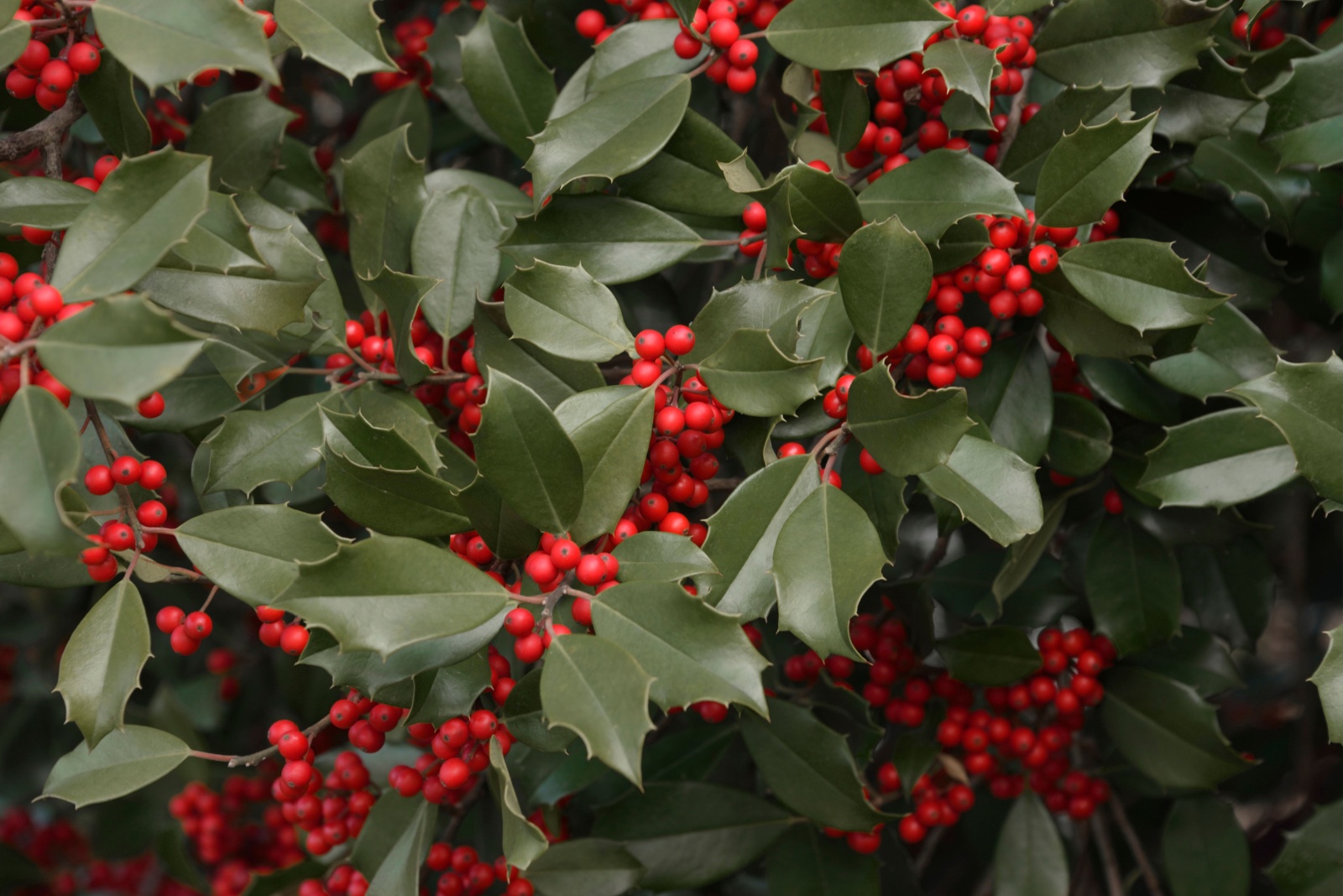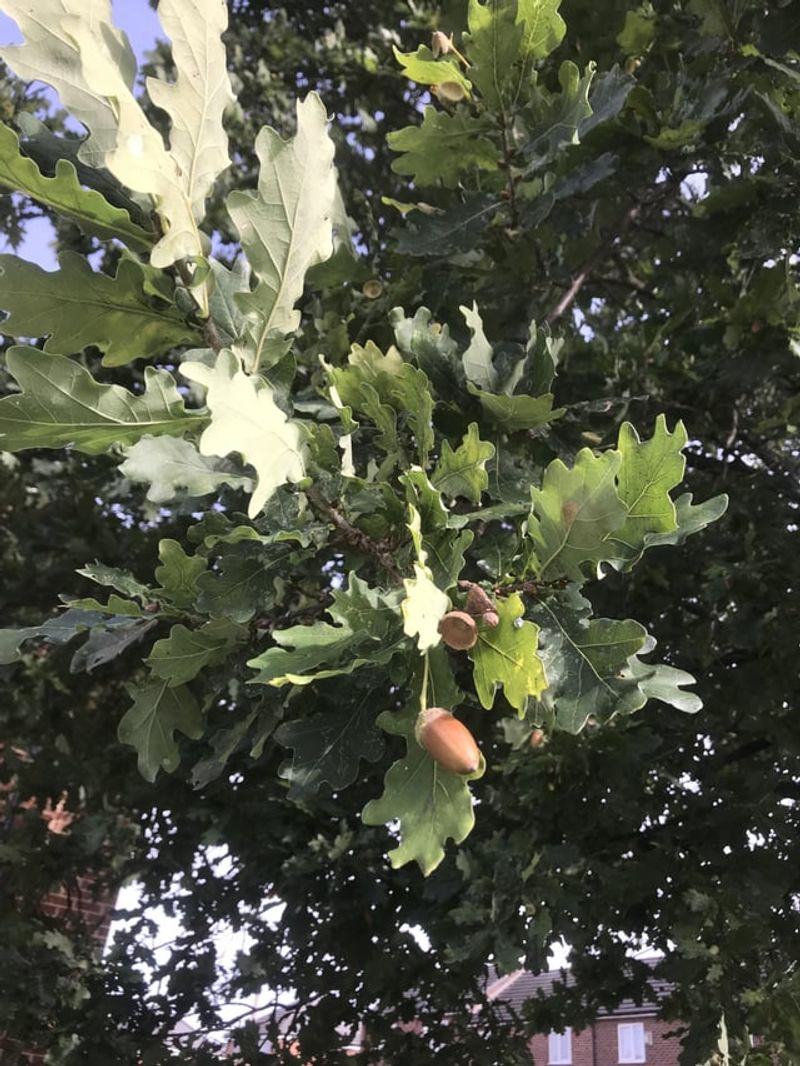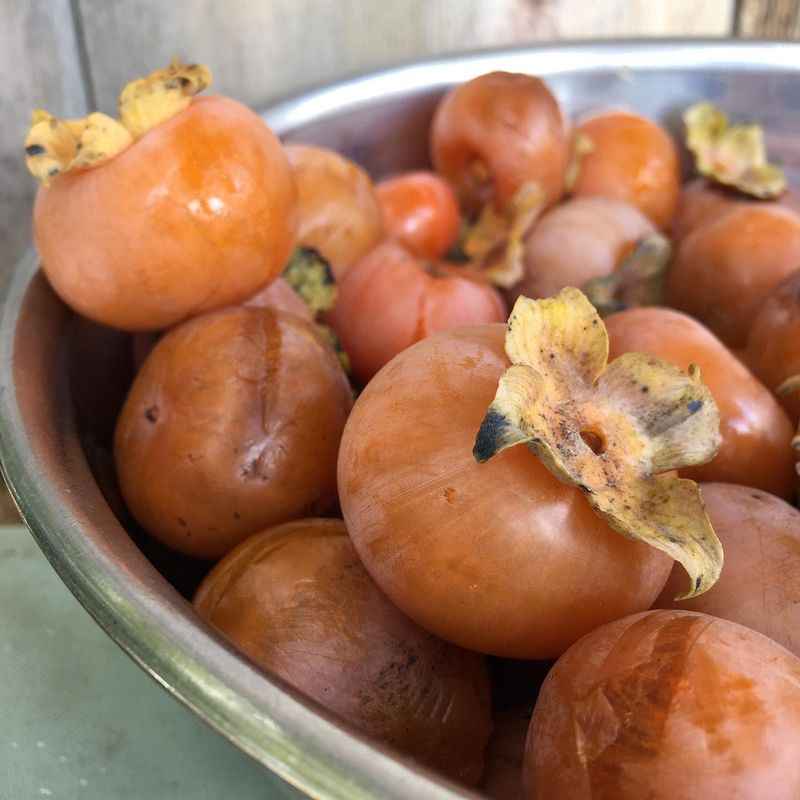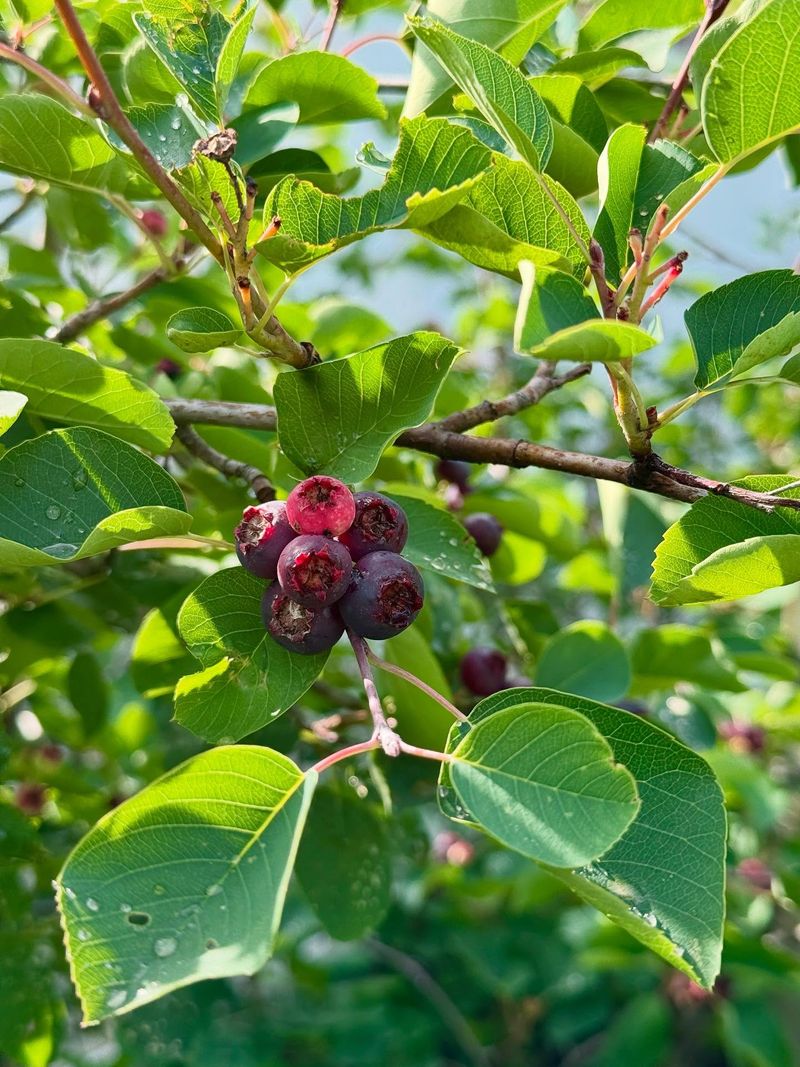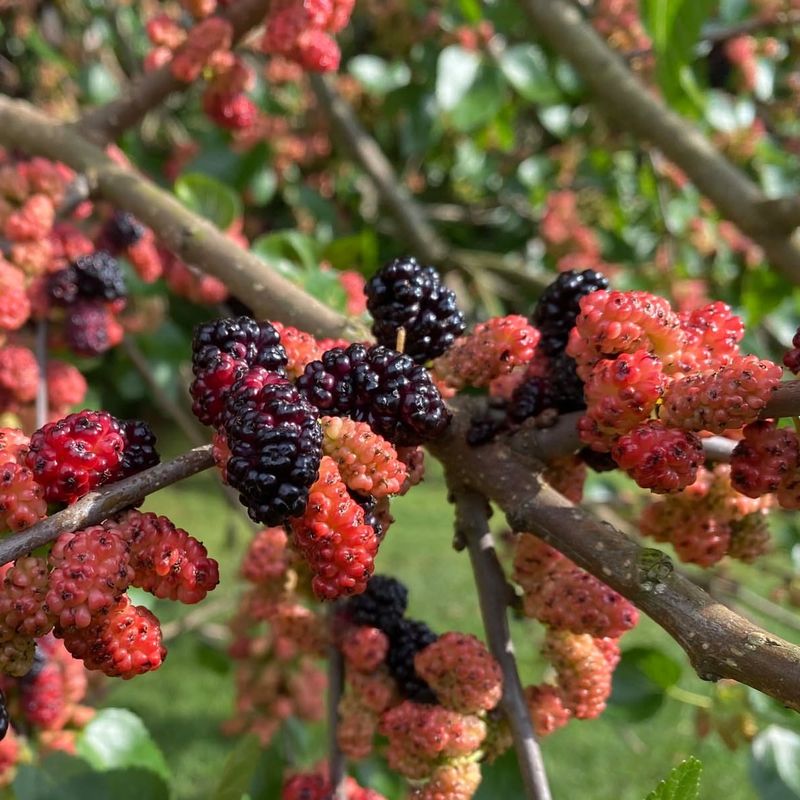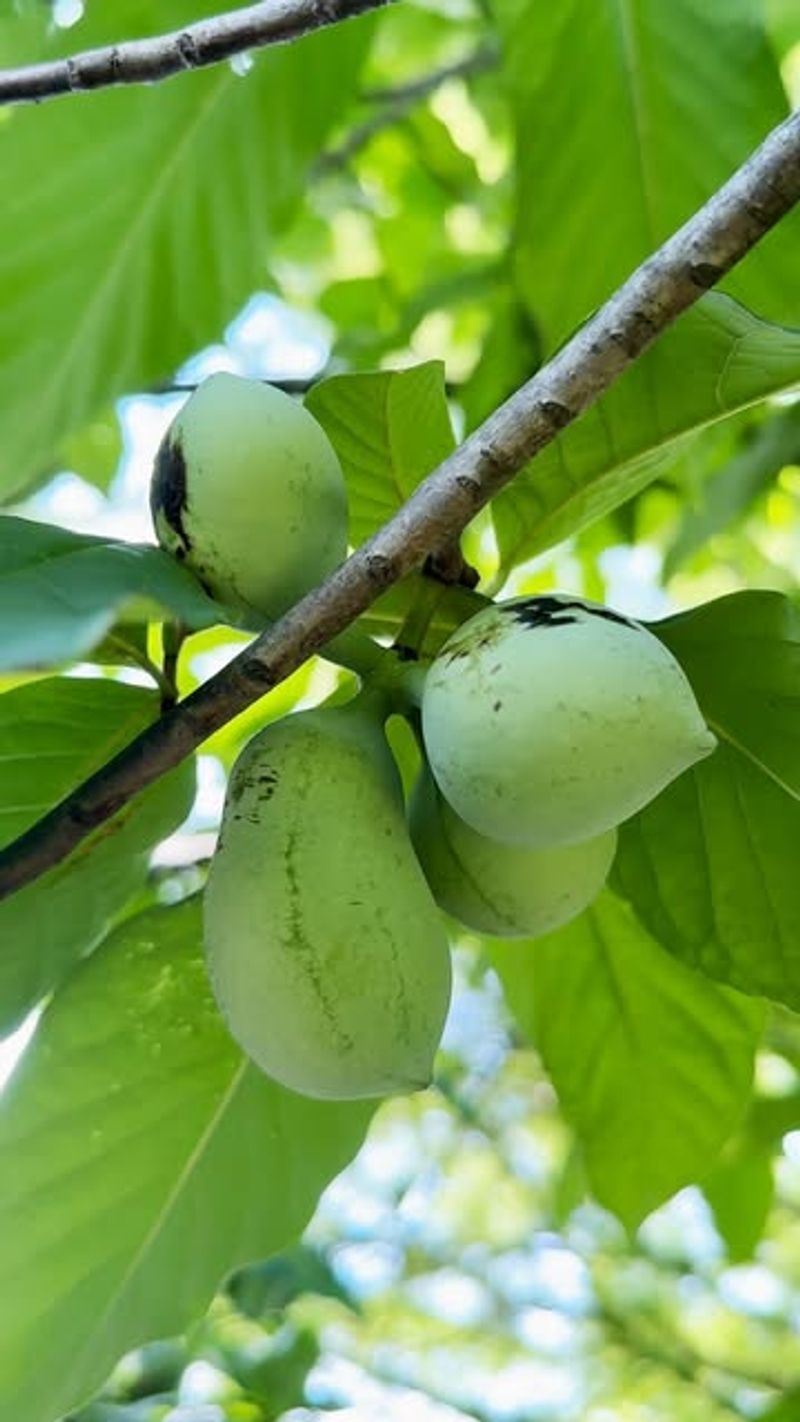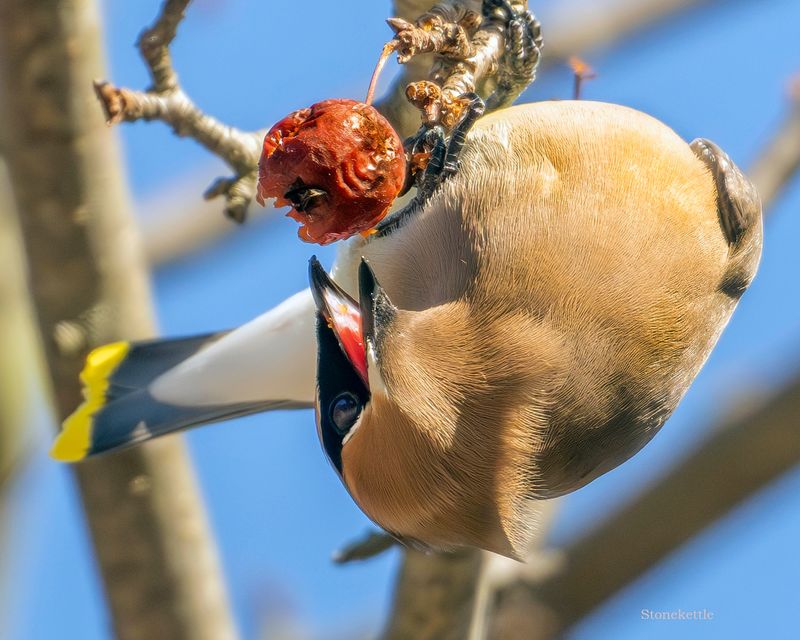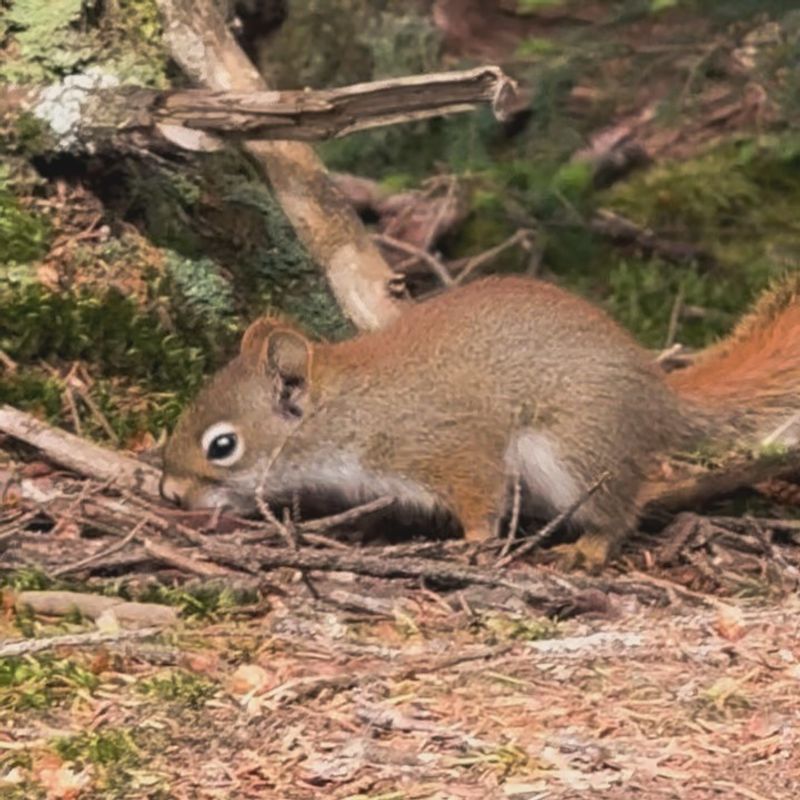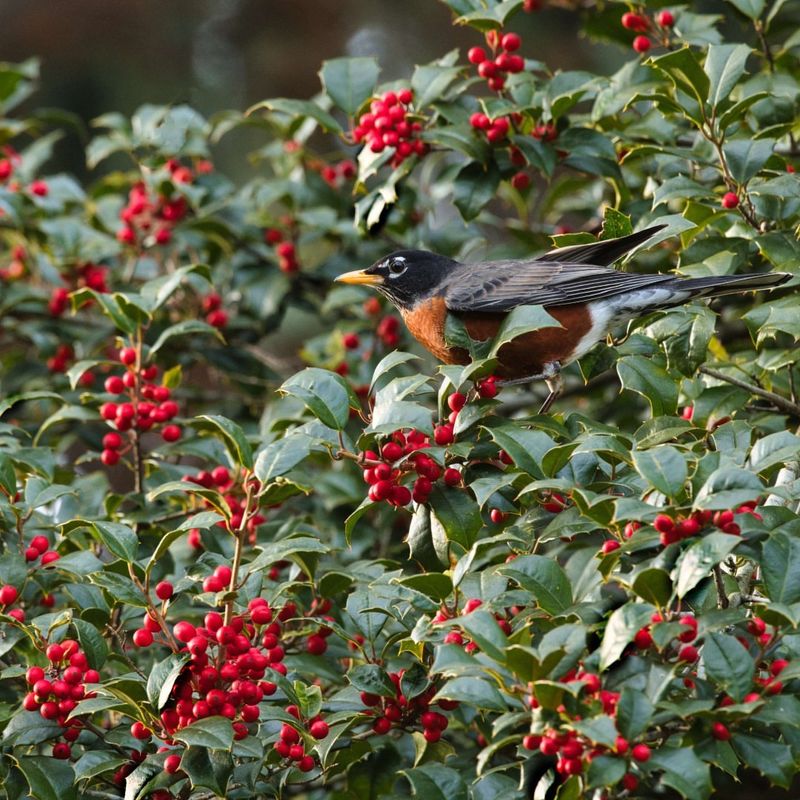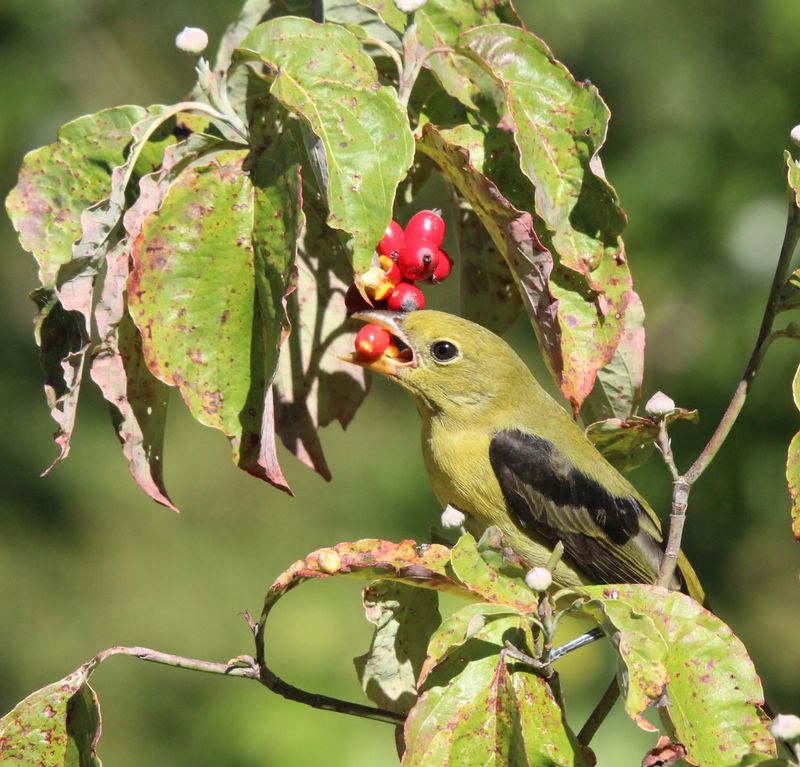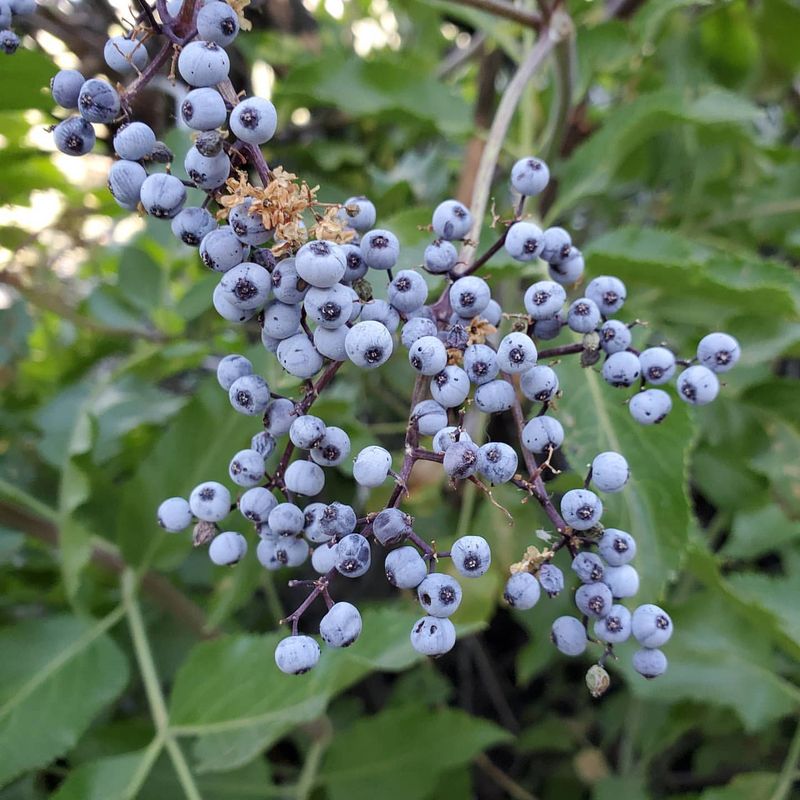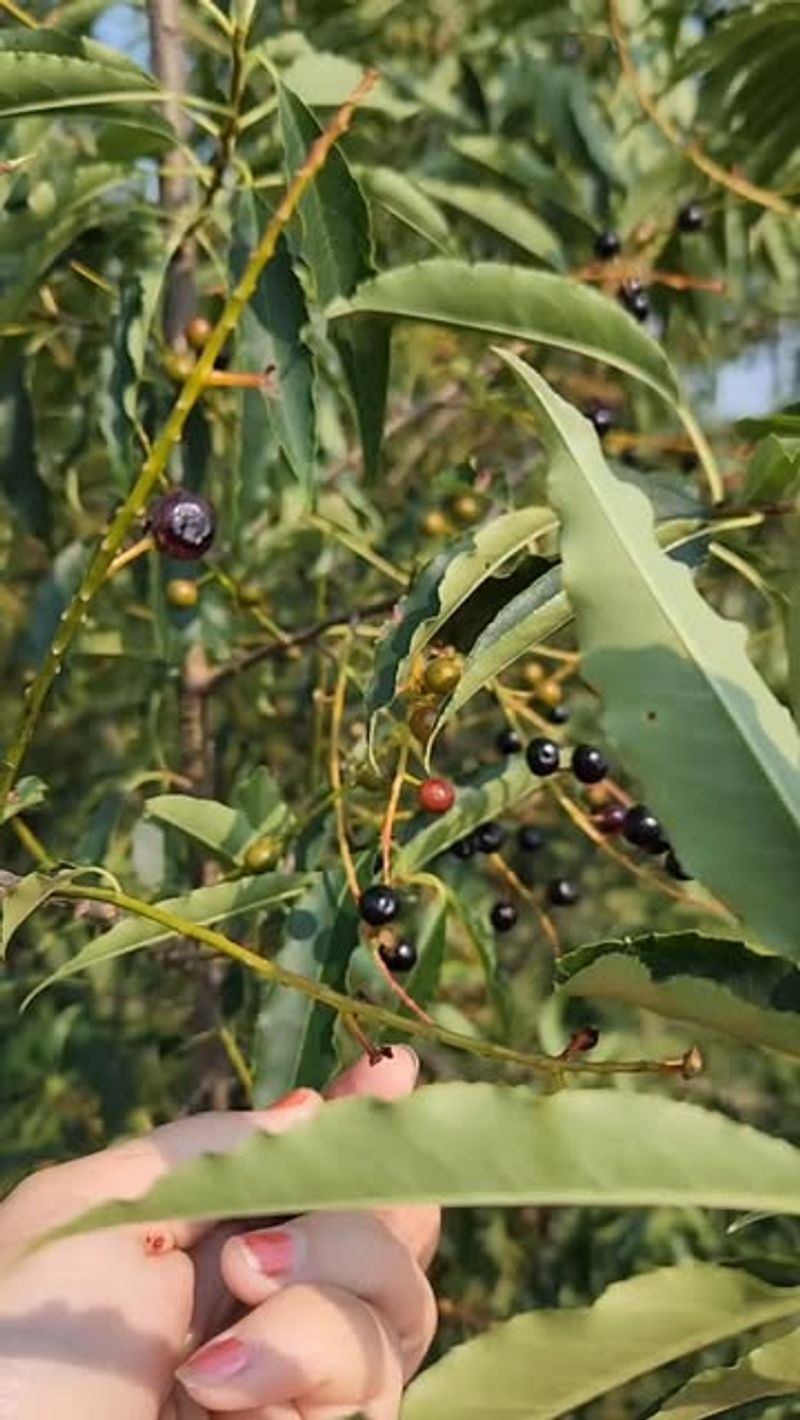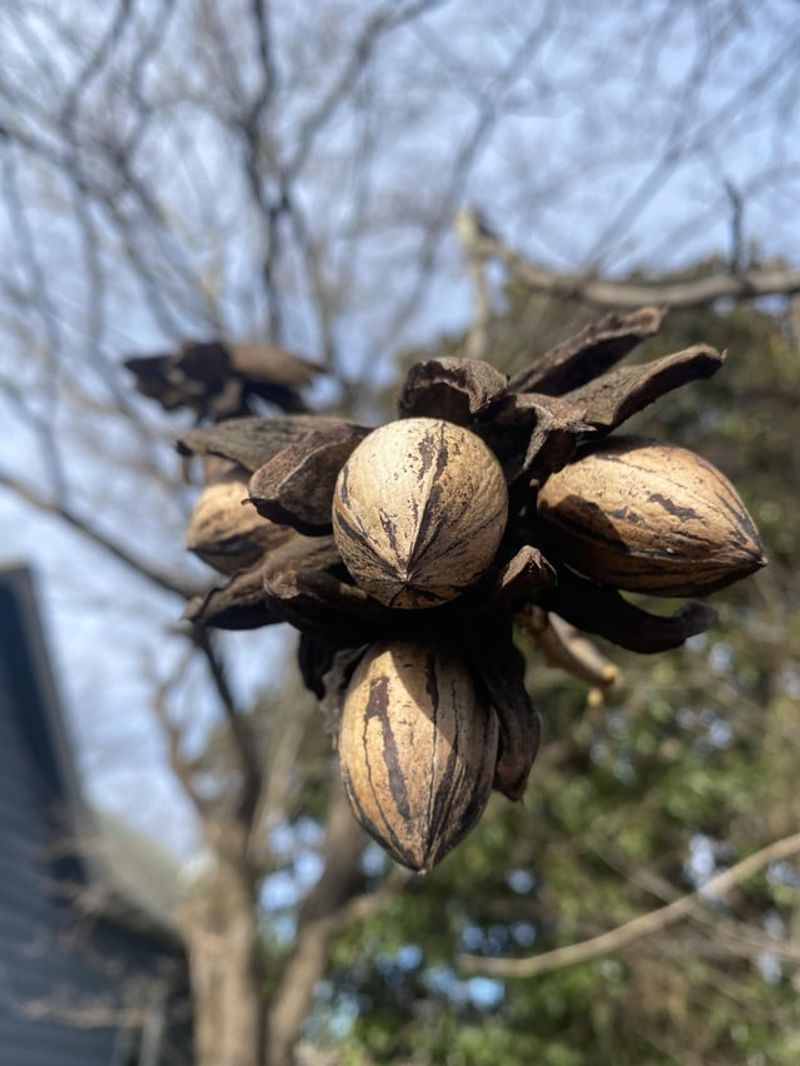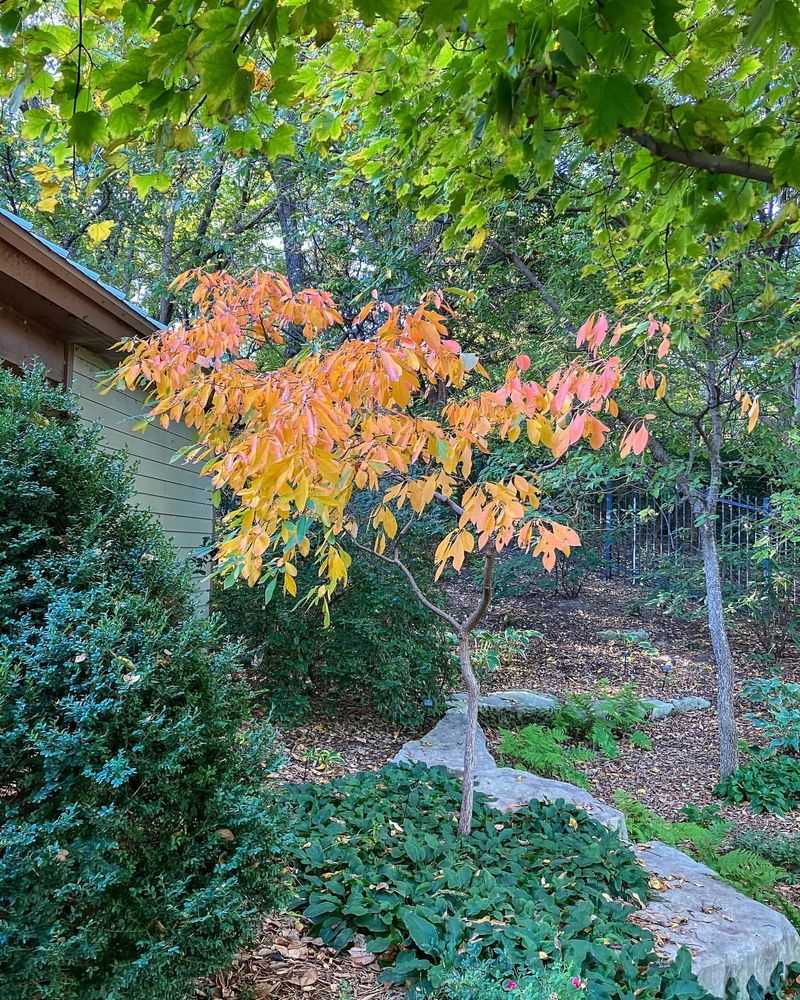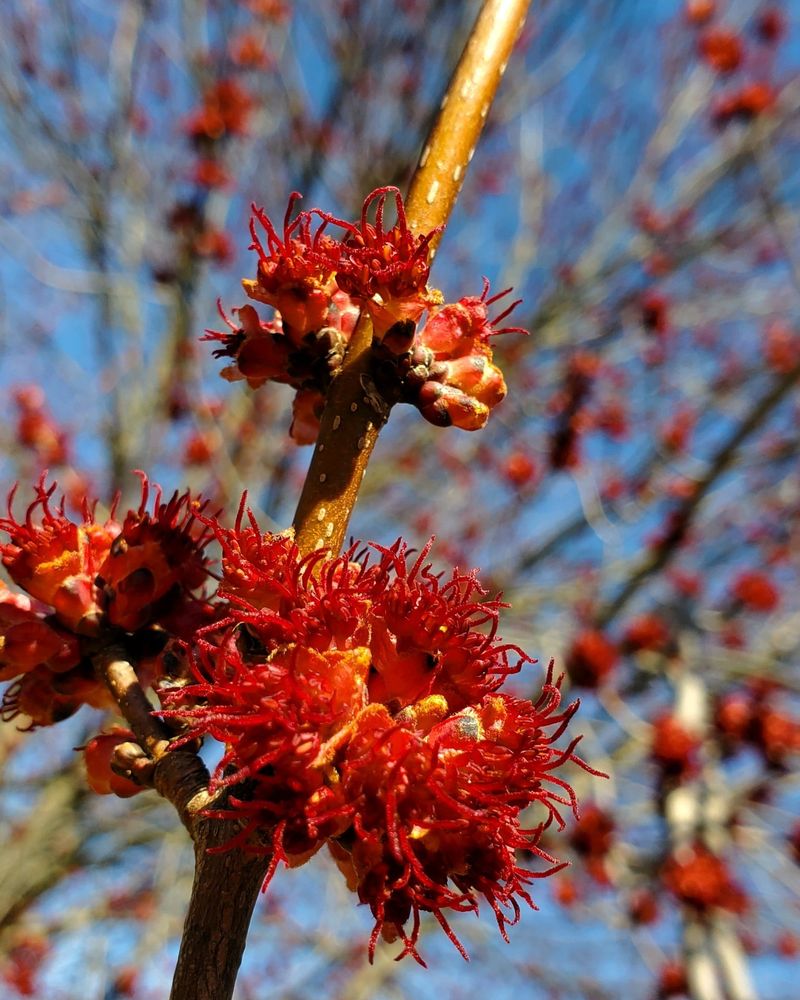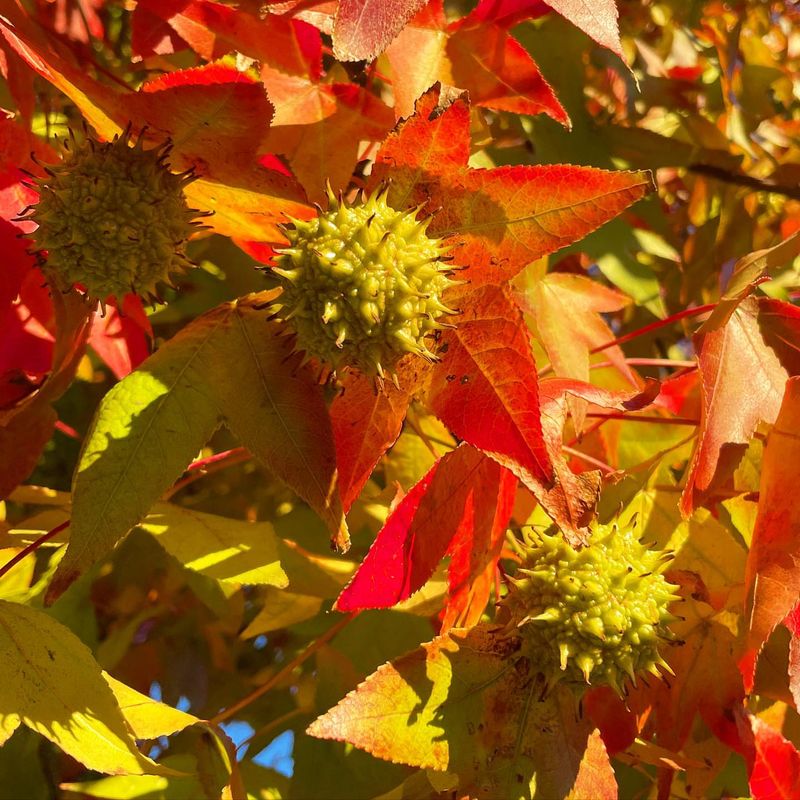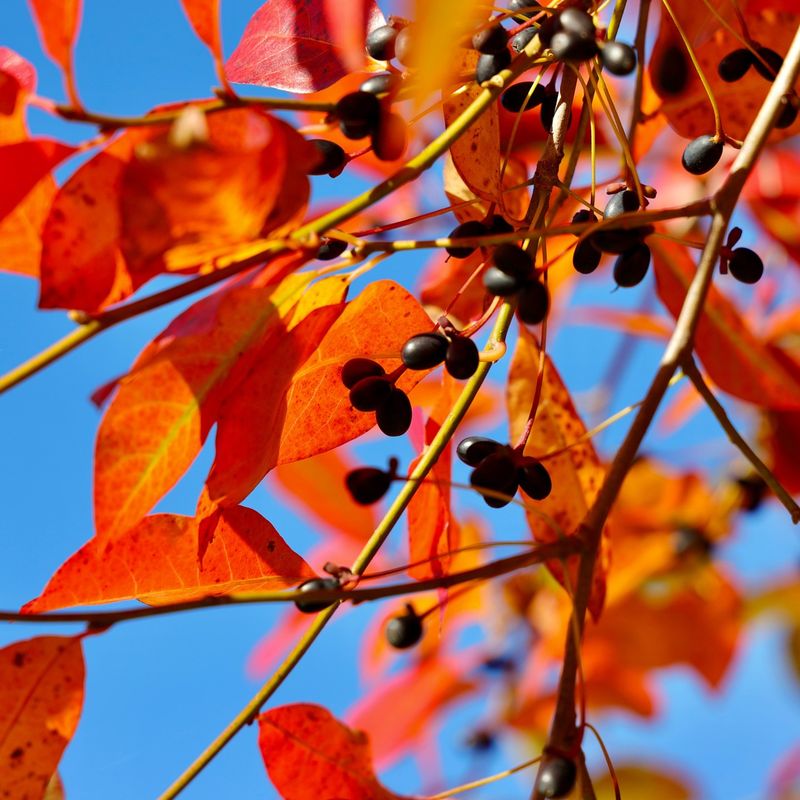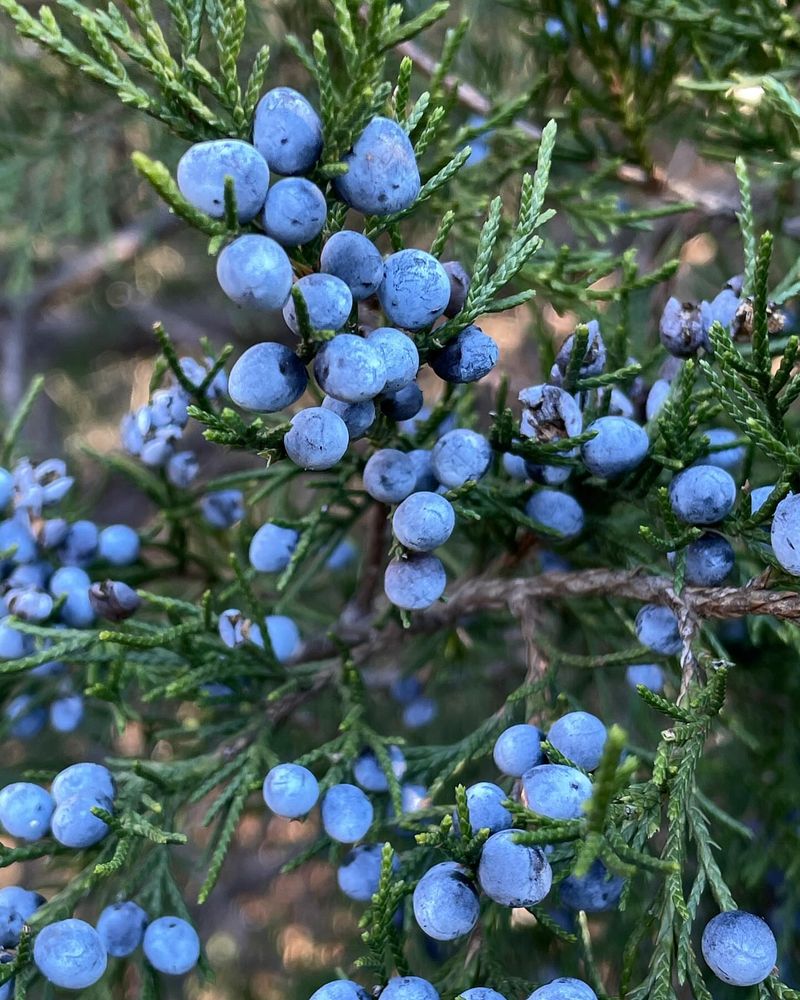Georgia’s unique blend of mild winters and hot summers creates perfect conditions for a variety of trees that feed wildlife throughout the year. From the coastal plains to the mountain regions, these trees provide essential nutrition when animals need it most.
In my own Georgia backyard, I’ve watched how strategic tree planting transformed occasional wildlife visits into a constant parade of birds, squirrels, and even deer. The seasonal rhythm of different trees fruiting and seeding means there’s always something available for hungry creatures.
Whether you’re looking to support pollinators, songbirds, or larger mammals, these 17 trees offer the best combination of hardiness and food production specifically suited to Georgia’s growing conditions.
1. Oak Trees As A Reliable Acorn Source
Acorns from oak trees feed over 100 wildlife species throughout Georgia. White oaks produce sweeter acorns eaten immediately by deer and turkeys, while red oak acorns contain more tannins and often remain available into winter.
These majestic trees support everything from tiny weevils to black bears. I’ve watched squirrels bury hundreds of acorns in my yard, inadvertently planting the next generation of trees.
Most Georgia oaks produce bumper crops every 2-5 years, creating a natural cycle that wildlife adapts to.
2. Persimmons for Late-Fall Foraging
Native persimmon trees offer soft, sweet fruits that ripen after the first frost, providing crucial late-autumn nutrition. The bright orange fruits hang on bare branches, creating a natural wildlife buffet when other food sources diminish.
Opossums, raccoons, foxes, and deer eagerly seek these sugar-rich treats. Birds from cedar waxwings to wild turkeys feast on persimmons that have fallen to the ground.
Female trees produce fruit without needing a male pollinator nearby, making even a single tree valuable for wildlife support in Georgia gardens.
3. Serviceberry and Its Early Spring Berries
Serviceberry trees burst into action at winter’s end, offering some of the earliest berries of the year for hungry wildlife. Their delicate white flowers attract early pollinators before transforming into juicy purple-red berries by June.
Cardinals, mockingbirds, and robins flock to these trees when raising their first broods of the season. The berries appear just as migratory birds return to Georgia, providing essential energy after long journeys.
Growing naturally along forest edges throughout the state, serviceberries thrive in partial shade and tolerate Georgia’s clay soils remarkably well.
4. Mulberry Trees For Summer Bird Activity
Mulberry trees transform Georgia yards into bustling bird sanctuaries during early summer. Their abundant purple fruits ripen gradually over several weeks, creating a dependable food source when many birds are raising young.
The soft, sweet berries attract over 40 bird species, from orioles to tanagers. I’ve counted twelve different songbirds on a single tree in one afternoon!
Fast-growing and drought-tolerant once established, mulberries thrive throughout Georgia with minimal care, though native red mulberries support more wildlife than Asian varieties.
5. Pawpaw Trees and Their Unique Fruit Appeal
Pawpaw trees produce North America’s largest native fruit, with a tropical custard-like flavor that appeals to opossums, foxes, and raccoons. These understory trees grow naturally in Georgia’s damp woodlands and along stream banks.
The yellow-green fruits ripen in late summer and early fall, offering high-calorie nutrition just as animals begin preparing for winter. Pawpaws host zebra swallowtail butterfly caterpillars, making them doubly valuable for wildlife.
Their tendency to form small colonies through root suckers creates excellent cover for ground-dwelling creatures like box turtles and toads.
6. Crabapple Varieties That Attract Winter Wildlife
Crabapples hold their small fruits well into winter, becoming critical food sources after other trees have dropped their bounty. The fruits actually become more palatable to birds after freezing and thawing several times, softening the flesh.
Cedar waxwings, robins, and bluebirds gather in flocks to strip these trees during January cold snaps. Native varieties like Southern crabapple are particularly well-adapted to Georgia’s climate and support more insect species than ornamental types.
Their spring blossoms also provide early nectar for bees and butterflies emerging from winter dormancy.
7. Hickory Trees For Squirrels And Chipmunks
Hickory nuts rank among the most calorie-dense wild foods in Georgia forests, making them premium fuel for mammals preparing for winter. Squirrels begin harvesting these nuts while still green, storing hundreds for later consumption.
The thick shells preserve the nutritious kernels for months, creating natural food caches throughout the landscape. Beyond nuts, hickories support over 200 species of moths and butterflies, whose caterpillars become food for nesting birds.
Shagbark and pignut hickories grow naturally throughout Georgia and can live for centuries, providing multi-generational wildlife support.
8. American Holly as a Winter Food Reserve
American holly’s bright red berries persist through winter, becoming increasingly important as other food sources disappear. Birds initially ignore the somewhat bitter fruits, turning to them only when truly needed during January and February.
The dense, evergreen foliage provides crucial shelter during winter storms and nesting sites in spring. Thrushes, mockingbirds, and cedar waxwings rely on these berries during the leanest times of year.
Female hollies produce berries when male trees grow nearby for pollination, so planting several ensures good fruit production in Georgia landscapes.
9. Dogwood Trees And Their Fall Berries
Flowering dogwoods transition from spring showstoppers to vital wildlife supporters by early fall. Their bright red berry clusters contain high-fat seeds that provide concentrated energy for migrating birds preparing for long journeys south.
More than 35 bird species depend on dogwood berries, including thrushes, cardinals, and grosbeaks. The timing of fruit ripening coincides perfectly with autumn migration through Georgia.
Native to Georgia’s understory forests, dogwoods grow beautifully in dappled shade and create a middle layer in naturalized landscapes where wildlife feels secure.
10. Elderberry for Mid-Summer Feeding
Elderberry shrubs produce massive clusters of small purple-black fruits that ripen during Georgia’s hottest months when wildlife needs moisture-rich food. Over 120 bird species consume these berries, which appear just as many are raising their second broods of the season.
The hollow stems provide nesting spots for native bees, while the fragrant flower clusters attract countless pollinators. Elderberries grow quickly in moist areas, forming thickets that offer protective cover for rabbits and ground-nesting birds.
Found naturally along Georgia’s stream banks and forest edges, they’re among the easiest native plants to establish.
11. Black Cherry Trees Supporting Insects And Birds
Wild black cherry trees serve as powerhouse wildlife supporters, hosting over 450 species of caterpillars that become food for nesting birds. The small dark fruits ripen in mid-summer, attracting everything from tanagers to foxes.
Birds spread the seeds widely across Georgia landscapes, explaining why these trees often appear along fence lines and forest edges. The fruits ripen gradually over several weeks, creating a dependable food source during summer’s heat.
Though often overlooked for landscaping, a single mature black cherry can produce thousands of fruits annually, making it incredibly valuable for wildlife.
12. Pecan Trees As A Nut Source For Larger Mammals
Georgia’s iconic pecan trees drop their nutritious nuts from October through December, creating a bonanza for squirrels, raccoons, and deer. The thin-shelled nuts contain healthy fats that help wildlife build energy reserves for winter.
Woodpeckers, blue jays, and crows are skilled at extracting the kernels, often storing extras for later consumption. The trees’ massive canopies also host countless insects that attract warblers and other insect-eating birds during migration.
Even abandoned pecan orchards across south Georgia serve as vital wildlife habitats, producing nuts for decades without human care.
13. Sassafras and Its Multi-Season Benefits
Sassafras trees offer different wildlife foods across three seasons, starting with spring flowers that attract early pollinators. By late summer, female trees produce dark blue fruits on bright red stems that birds quickly devour.
The aromatic leaves host spicebush swallowtail and tiger swallowtail butterfly caterpillars, supporting Georgia’s native butterfly populations. Young sassafras saplings provide ideal browse for deer, especially during winter when food options diminish.
Common throughout Georgia’s piedmont and mountain regions, these trees add vibrant fall color while serving as wildlife magnets.
14. Red Maple For Early Spring Buds
Red maples produce some of Georgia’s earliest spring food sources – their flower buds and seeds appear when most trees remain dormant. Squirrels feast on the swelling buds in late winter, while early-returning birds snatch the winged seeds that develop shortly after.
The flowers provide critical nectar for bees emerging from winter clusters, often becoming their first substantial food source. Throughout summer, the leaves host numerous caterpillar species that become food for nesting birds.
Adaptable to wet or dry conditions, red maples grow throughout Georgia and can be tapped for syrup in northern counties.
15. Sweetgum And Its Seed Pods
Sweetgum’s spiky seed balls, though cursed by barefoot humans, provide essential winter food for many Georgia birds. Finches, chickadees, and pine siskins extract tiny seeds from the dried pods throughout winter, especially after other food sources are depleted.
The star-shaped leaves host luna moths and other spectacular silk moth caterpillars that provide high-protein meals for birds. Sweetgums grow abundantly across Georgia, thriving in both wet lowlands and drier upland sites.
Their tendency to hold seed pods on branches well into winter creates a reliable food source during the leanest months.
16. Tupelo Trees for Pollinators and Fruit Eaters
Black tupelo trees create feeding frenzies twice yearly in Georgia ecosystems. Spring flowers produce premium nectar that makes tupelo honey famous, while fall brings blue-black fruits that birds consume voraciously before migration.
The fruits ripen simultaneously, creating brief but intense feeding opportunities that attract dozens of bird species. The high fat content provides excellent energy for migratory journeys south.
Naturally found in Georgia’s river bottoms and wet areas, tupelos develop distinctive horizontal branching patterns that make excellent nesting platforms for larger birds like hawks.
17. Eastern Red Cedar As Shelter And Berry Provider
Eastern red cedars aren’t true cedars but junipers that produce abundant blue “berries” (actually modified cones) that remain available all winter. Cedar waxwings, named for their relationship with these trees, rely heavily on the fruits during winter months.
The dense evergreen foliage creates essential shelter during Georgia’s worst winter weather, with temperatures often 15 degrees warmer inside cedar groves. Birds roost in these protective havens on the coldest nights.
Tolerant of poor soils and drought, cedars pioneer in disturbed areas throughout Georgia, creating wildlife habitat where little else grows.

